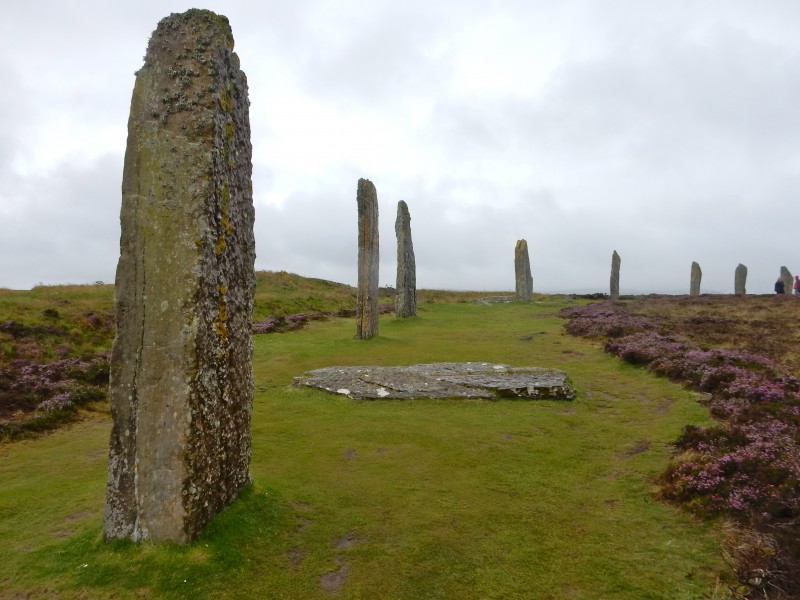
Ring of Brodgar, one of the roughly 1000 stone circles in the British Isles that served as ritual centres
This summer I made a tour around the British Isles and was struck by the pagan resonances with Shinto in many of the country’s features. Sometimes this was to do with the shape of rocks and hillside, sometimes the lay of the land, sometimes a pristine waterfall in a wooded grove. It made me wonder how the country would look if it were adorned with shimenawa and shrines. No rice fields, true enough, but plenty of awesome nature in evidence.
During my stay I happened upon a book by poet and mystic, William Blake, who wrote evocatively of a time in the past when human beings were more open to the Wonder of things. ‘The ancient Poets animated all sensible objects with Gods or Geniuses, calling them by the names and endowing them with the properties of woods, rivers, mountains, lakes, cities, nations and whatever their enlarged and numerous senses could perceive,’ he wrote in The Marriage of Heaven and Hell (c.1790). Elsewhere in the same book he noted, ‘Thus men forget that All deities reside in the human breast.’
We forget too that Europe was once home to a Shinto-like religion of its own.
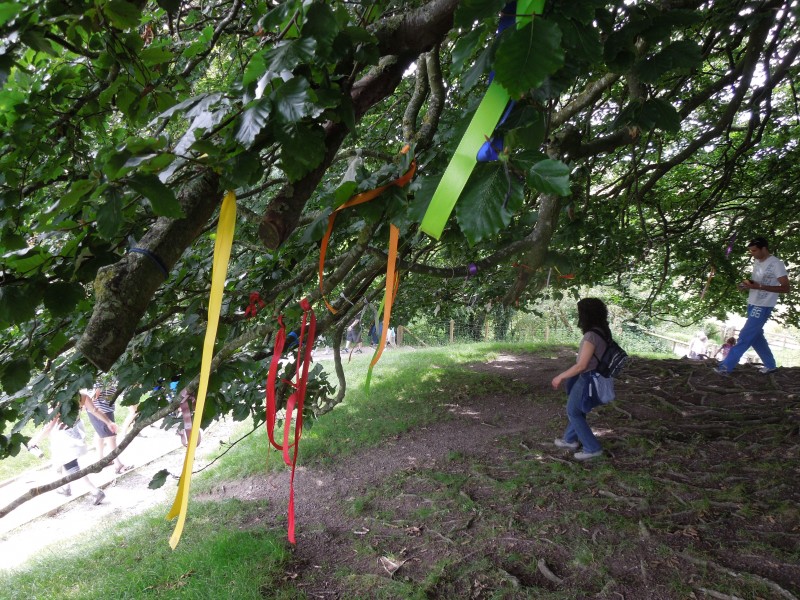
In some places there are signs that the old ways are being revived
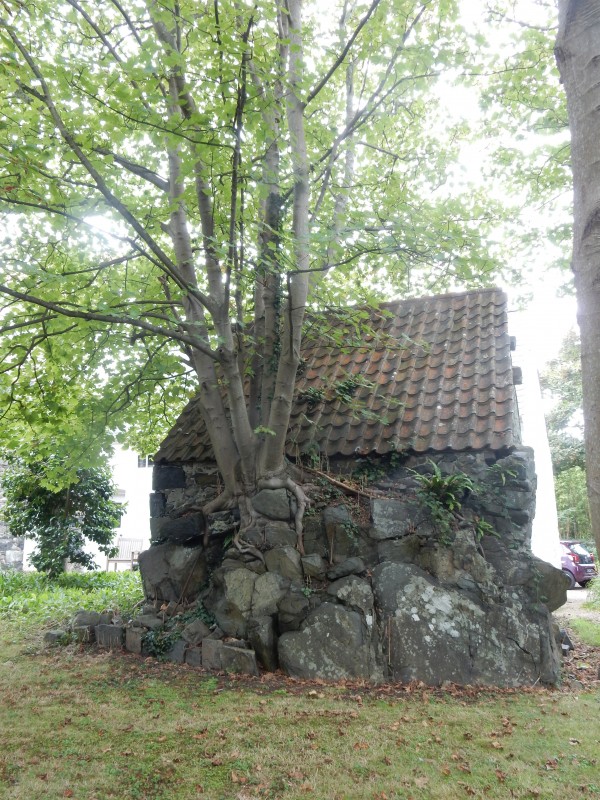
Harmony with nature was evident in this tree house in Guernsey
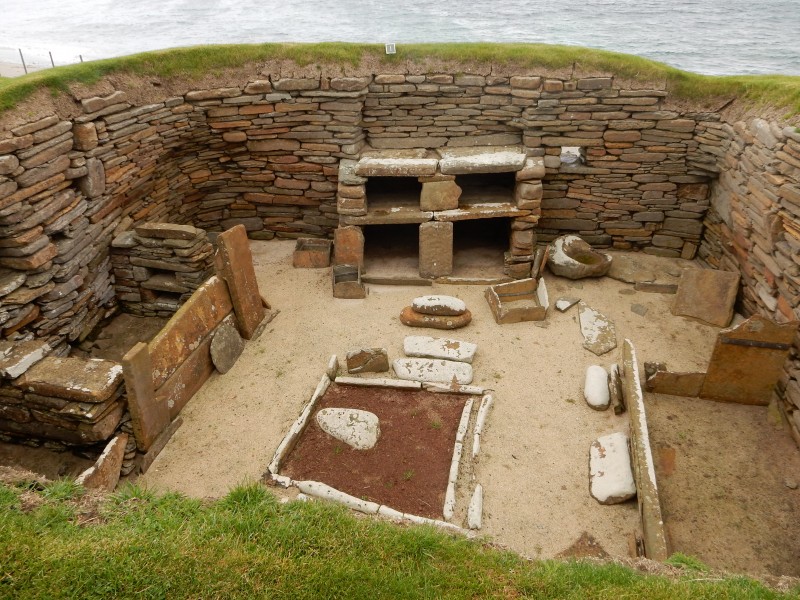
The Skara Brae community of 5000 years ago lived close to the land and practised a form of animism.

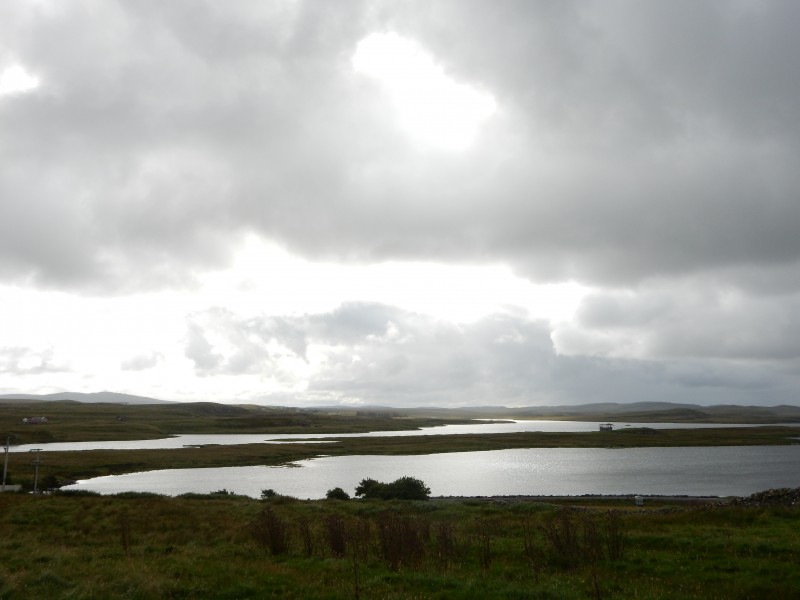
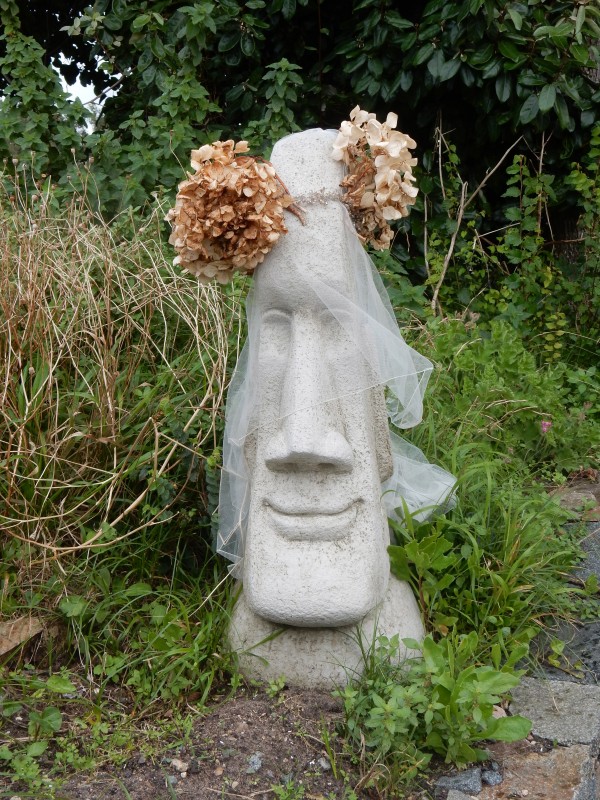
As a Pagan-Shintoist, I too long to see Paganism once again becoming a way of the masses just as Shinto is in Japan. I’ve been wondering about the trend for “fairy doors” in certain British forests, and whether this is subconsciously addressing a spiritual need for British people to venerate the spirits of nature. https://themirrorbook.wordpress.com/2015/03/04/fairy-doors-in-a-british-forest-a-slow-return-to-forest-worship/
Thanks for that link, Megan. Most intriguing, and a sign that nature worship is steadily on the increase. I liked your paralleling of kami and fairies.
An excellent reminder of our common roots John. Blake refers to the enlarged and numerous senses of the Ancient Poets – these are attributes we could all have if we put our minds to it.
I guess great minds think alike! I wrote something along similar lines last week: https://otherwiseways.wordpress.com/2015/09/28/gods-of-place-religion-in-pre-roman-britain-in-light-of-shinto/
Thank you! I checked out your link and found a very interesting long piece comparing pre-Roman deities in Britain with Shinto. Most of what you said made good sense. Since Shinto evolved over a long time and was localised, it’s hard to specify what exactly its kami are. Certainly they were nameless and animistic at one stage, though I’m inclined to believe that for the most part these were ancestral spirits absorbed into natural phenomena. Thus the mountain god may have been the founding ancestor of the area under the mountain’s domain. The only point that struck me as odd was this: “my understanding is that a kami can degenerate into a “monster” or demon, or even die. Sometimes, one community’s kami is the next town’s monster.” I’ve never come across the latter. Moreover, kami have two sides, a peaceful and a violent side. The idea is to placate the kami through offerings and entertainment and festivals so it looks favourably on the community.
As an Eclectic Pagan myself, I am very happy for this!!
May the Old Ways continue to thrive, as well as other spiritual systems!!